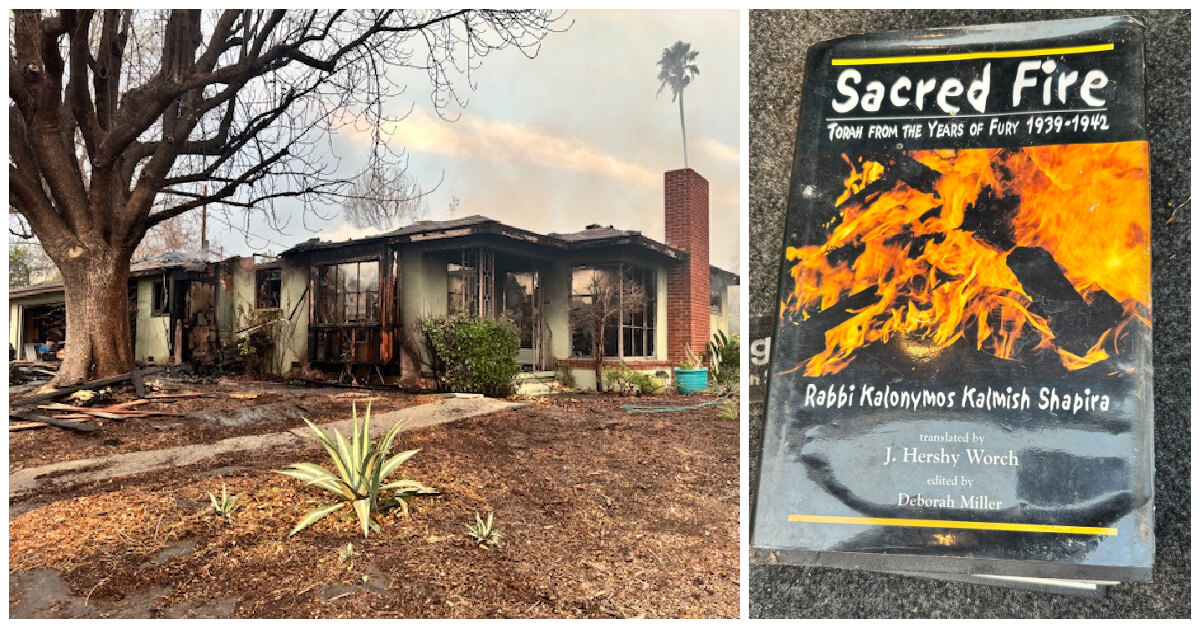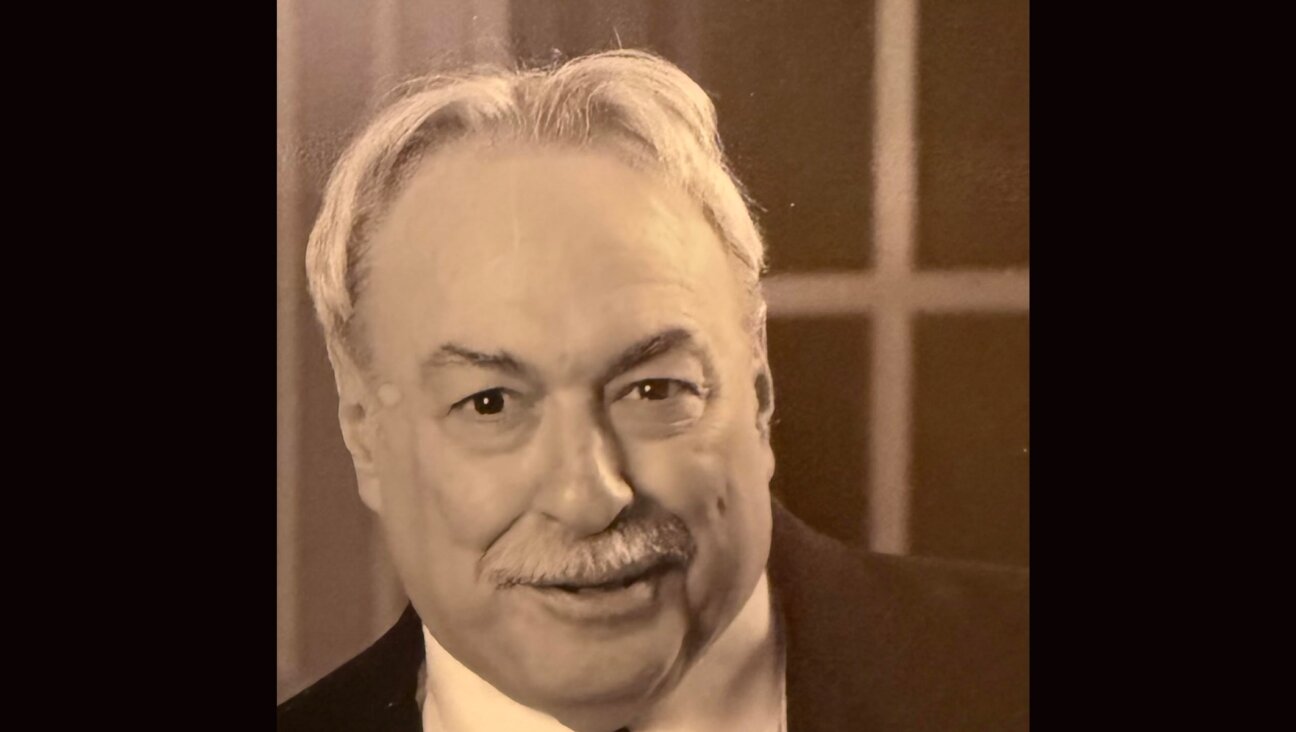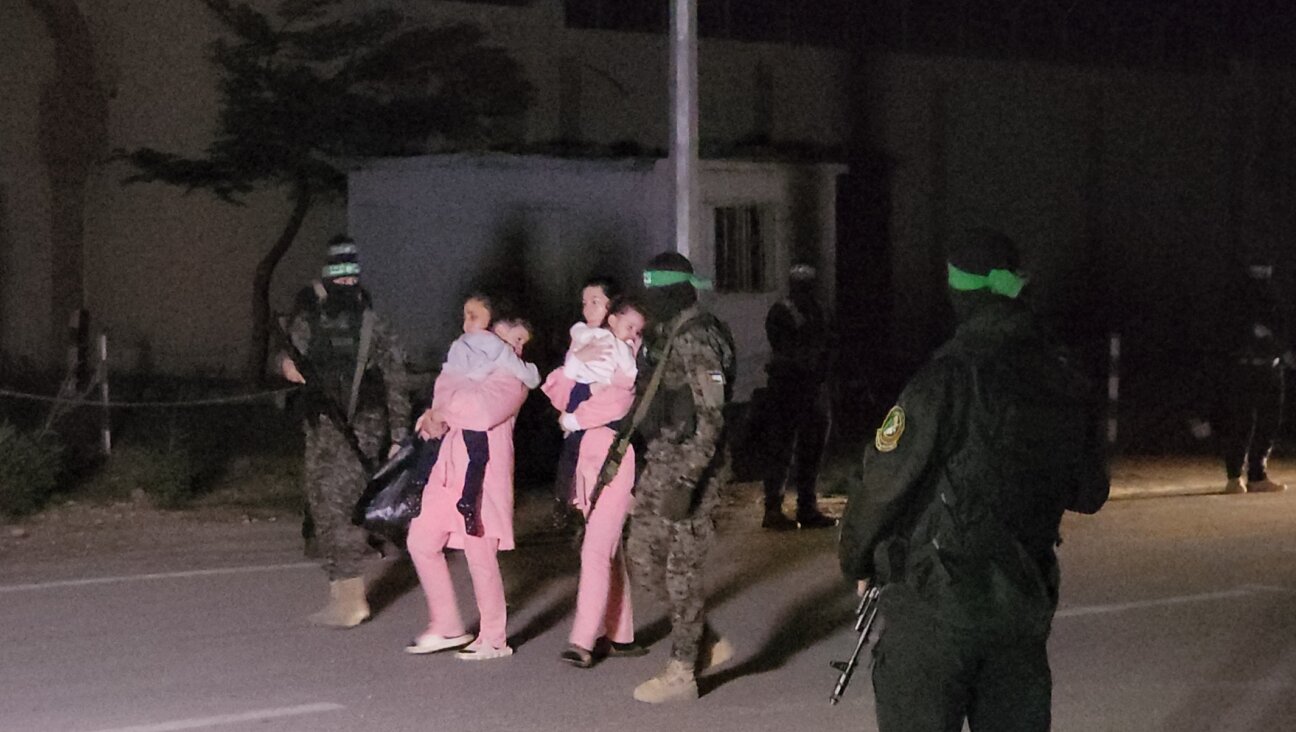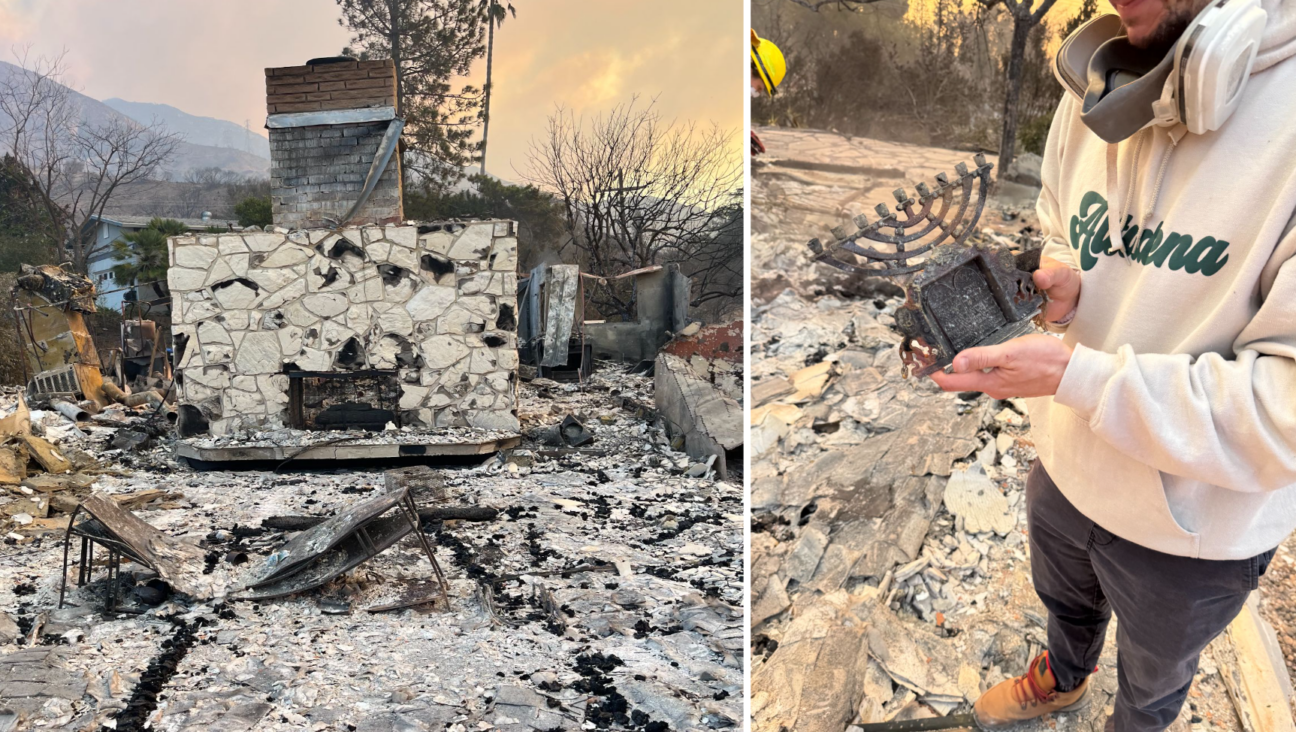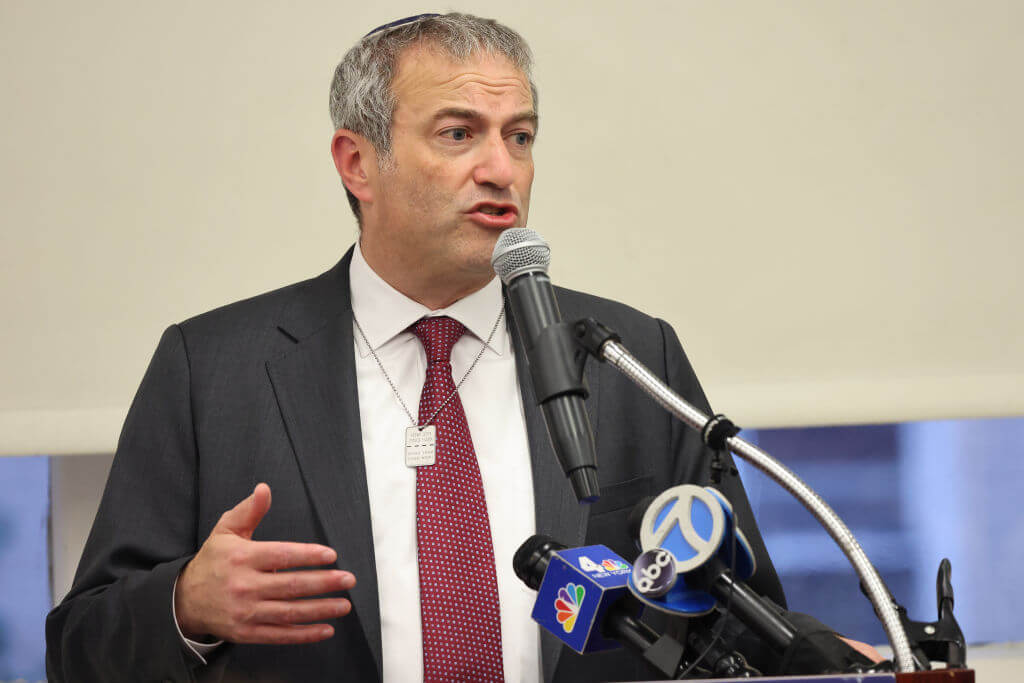Missing Kiev Statue Touches Off Frenzy
His name may double as a greeting of “hello,” but a recent statue of Sholom Aleichem went missing before anyone could say goodbye.
A bronze statue of the author disappeared from a central square in Kiev several weeks ago, touching off an international frenzy — fueled by speculation on the Internet — about its whereabouts. Although witnesses saw several men remove the statue with a crane, its location has been under dispute. A Russian-American newspaper, Novoe Ruskoye Slovo, blamed “unknown vandals.” Several Web sites said the statue was hacked into pieces and sold for easy money. Sidney Gluck, president of the American-based Sholom Aleichem Memorial Foundation, decried the hole that was left behind as an undignified “spittoon and garbage dump.”
The widespread concern about the statue’s fate reflects Sholom Aleichem’s pre-eminence: More than 90 years after his death, the Ukrainian-born writer’s vivid depictions of shtetl life still serve as a nostalgic time capsule of a lost world. (His most famous character, Tevye the Milkman, recently re-emerged in a Broadway revival of “Fiddler on the Roof.”) It also indicates uneasiness about the position of the hundreds of thousands of Jews within Ukraine. Attacks against Jews have escalated in recent years, according to Nikolai Butkevich, research director of the Union of Councils for Jews in the Former Soviet Union. Several weeks ago, skinheads attacked a Jewish youth outside Kiev’s Brodsky synagogue, steps away from where the Sholom Aleichem statue once stood on Rognedinsky Street.
“We have serious questions about the attitudes of the new government,” said Gluck, referring to the administration of the newly elected president, Viktor Yushchenko. “We’re afraid this is a sign of increased antisemitism. There is a cloud of silence over the whole [statue] thing.”
But according to Vaad of Ukraine’s chairman, Joseph Zissels, who is a member of the executive board of the Eurasian Jewish Congress, the real story is one of simple miscommunication. No vandals or bandits took away the statue; it was simply removed for routine refurbishment, he told the Forward through a translator. The work is being done by a private contractor and paid for by the Jewish Council of Ukraine. The statue will be reinstalled in the next few weeks.
Zissels said the rumors about the statue’s disappearance gained currency, in part, because Rabbi Moshe Asman, head of Ukraine’s Lubavitch movement, did not know about the refurbishment. Asman was quoted in several news sources, including Nova Rusky Slovo, as being “outraged at the vandals.”
People tend to expect the worst, Zissels said, adding that while the situation for Jews in Ukraine is not ideal, he is hopeful that it is improving. The number of antisemitic statements by the media has decreased since Yushchenko recently denounced them, he said.
A message from our Publisher & CEO Rachel Fishman Feddersen

I hope you appreciated this article. Before you go, I’d like to ask you to please support the Forward’s award-winning, nonprofit journalism so that we can be prepared for whatever news 2025 brings.
At a time when other newsrooms are closing or cutting back, the Forward has removed its paywall and invested additional resources to report on the ground from Israel and around the U.S. on the impact of the war, rising antisemitism and polarized discourse.
Readers like you make it all possible. Support our work by becoming a Forward Member and connect with our journalism and your community.
— Rachel Fishman Feddersen, Publisher and CEO







